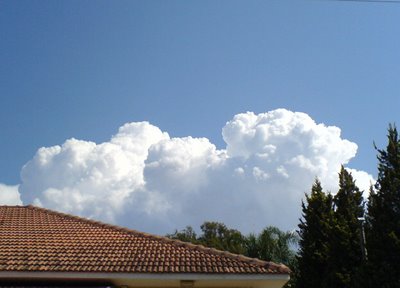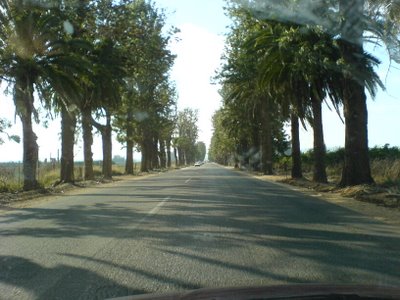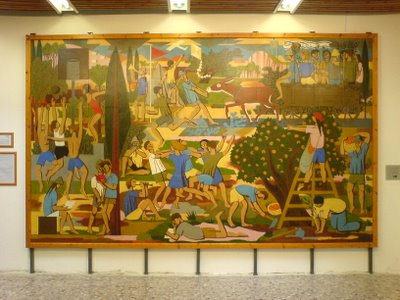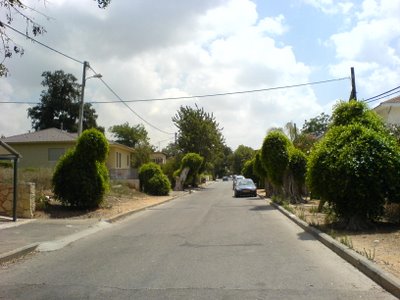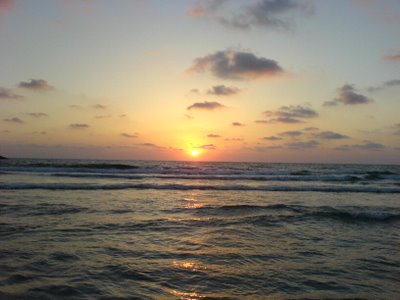
16 Bicycles
The weather is no longer suitable for walking barefoot on the sand by the sea, and the beautiful rainless days are ideal for bicycle trips. I have been watching people riding bicycles for a long time – on highways and by the side of roads, or when their bicycles are hanging on the rear of their cars, and If I had not been wary of becoming another fan of this latest fashion, I would have become one myself a long time ago. Finally I succumbed to the temptation, got on my bicycle and rode to the fields.
Earlier I had checked out the relevant internet sites and learned something about bicycles manufacturers and shock absorbers (I am particularly interested in this because of my problematic back). At long last I crossed the Rubicon and purchased a modest mountain bicycle. Here it is on my first Saturday excursion in the fields between Kibbutz Mishmarot and Kfar Glickson. I went alone, with only a water bottle and a map. It was a pleasure.
The scenery seen riding through fields is surprising, and the difference in the conception of space is even more surprising. The driver on roads has a totally false conception of the region we live in, of distances or directions. If you glance at a map you see that settlements quite close to each other are joined by roads that frequently make detours of tens of kilometers. In spite of the fact that everyone knows that long distances on highways are not necessarily long distances as the crow flies, it is nevertheless the roads that create our conception of distances, to say nothing of the fact that they completely confuse our sense of direction by their many curves. Riding on a bicycle through fields between settlements teaches us the correct direction and distance between settlements and corrects the false concept the roads created for us.





